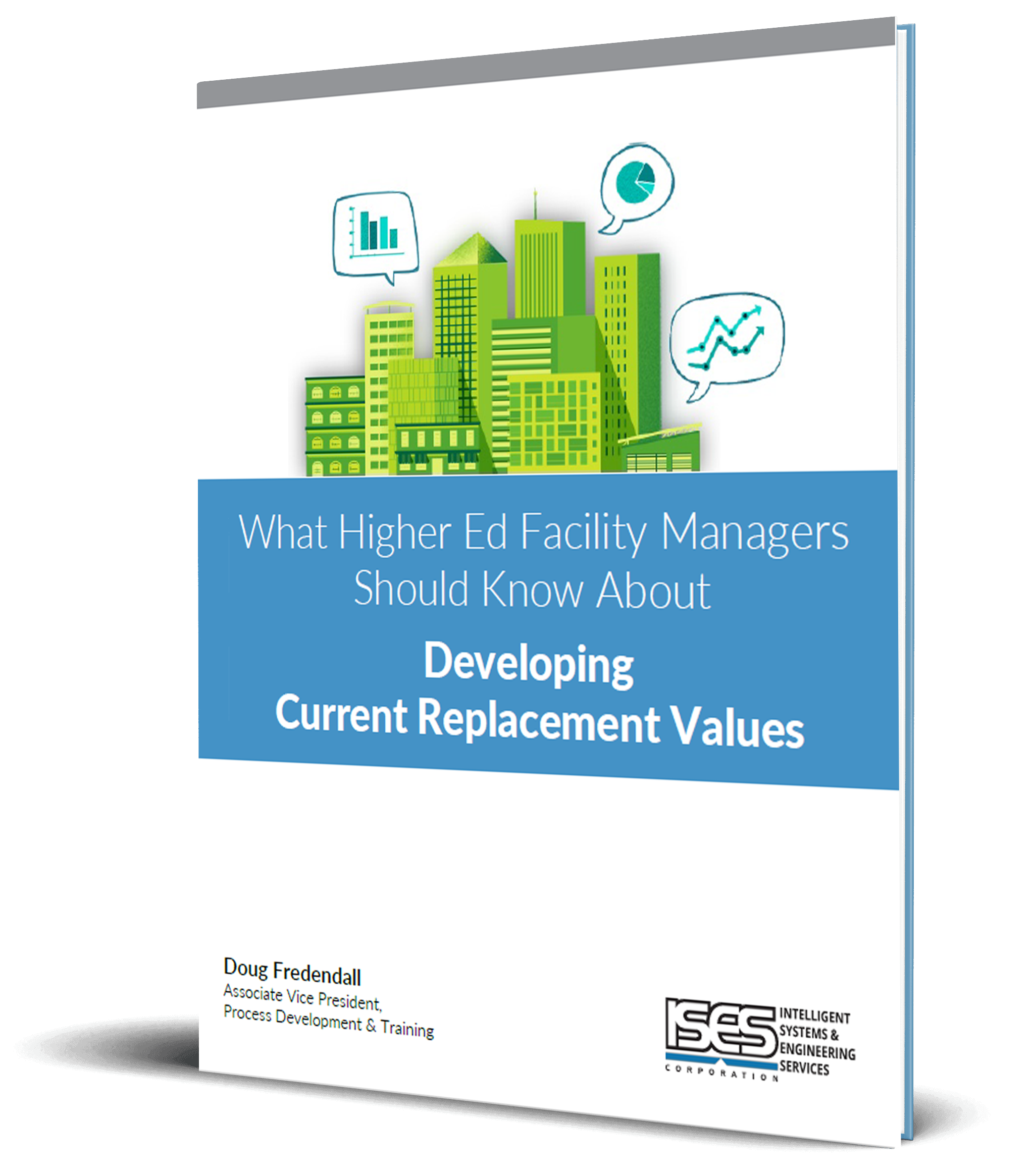A Facility Condition Assessment (FCA) is an essential tool of facilities managers. This is true whether you choose to conduct an FCA inhouse or to outsource the effort.
To properly manage your facility assets in a proactive manner, you need solid knowledge of the deficiencies to be corrected. A physical plant department often already knows what’s wrong with their facilities – but this knowledge is spread out among many different individuals and, in many cases, only housed in their mental databases.
The lack of a centralized repository to store facility deficiency information results in renovation and repair projects that omit critical deficiencies. These omissions must later be corrected, usually at significantly higher costs. The creation and maintenance of a centralized database of deficiencies is a result of a well-conducted FCA. When all of the deficiencies have been consolidated, it’s far more difficult to overlook significant items from the design of ongoing renovation projects.
An FCA also results in the generation of a list of future renewal needs and budget estimates. This improves the accuracy of forecasting capital renewal and maintenance needs. Without the centralized – and complete – deficiency database, only projects planned for the immediate future typically have any supporting cost and prioritization information. The lack of detailed information on long-range needs makes forecasting maintenance budget needs extremely difficult. As a result, future budgets are based on historical expenditures as opposed to what is actually needed. This can have disastrous effects.
For example, if the majority of your facilities were built within a relatively narrow window of time, your capital needs would be relatively low for the first 20 years or so. As the buildings age, (and in this example, they are all aging together), you see a marked increase in funding needs at around the 20- to 25-year point. Capital and major maintenance budgets that have been based on historical project expenditures suddenly become grossly inadequate. Maintenance of a long-term database with project scopes and budget estimates applied to the deficiencies will prevent such surprises.
Another benefit of having an up-to-date database of your deficiencies and needs is that it allows you to prioritize your work and target funding more effectively. Without a solid, defensible base of information, the tendency is to "apply grease to the squeaky wheel." If you know the overall condition of each facility and have good descriptions of the deficiencies in each, you can spend precious resources in a more productive manner. Knowing that the magnitude of total renovation needs is such that replacement of a building is recommended (and likely), you can successfully defer major maintenance initiatives in that building that might otherwise be deemed critical. Likewise, you can realize significant cost savings and reduce disruption to occupants by performing more of the necessary maintenance items during major renovation. Consolidation of known deficiencies into one larger renovation effort will not only provide you with significant economies of scale but will also prevent having to come back to the same building time and again. This helps improve your cost-effectiveness and increases your stature among your building users.
Whether you manage/own one building, a group of buildings or an entire campus, it’s important to see the big picture. As mentioned, projects are typically planned and executed using the "squeaky wheel" formula. By conducting FCAs on your entire facilities portfolio, you reap the benefit of having all your deficiencies objectively prioritized. This is possible when all the deficiencies are identified at the same time, using the same prioritization scheme to rank projects. Hence, the most critical roof replacement needed will have a higher priority than the roof in better condition.
But what if the better-condition roof is on a higher profile structure, with a higher profile occupant? Obviously, the nature of the building and occupant do come into play when prioritizing work, but the maintenance of an objective, centralized database of facility deficiencies eases your task of justifying which work is truly more critical.
Not only does a reputable FCA provider deliver a database and an individual report for each facility inspected, but when all (or the majority) of your buildings are included, you should receive an executive summary report. This gives you consolidated reporting data across the entire asset portfolio. Costs are totaled by building, system code and priority. Various other system and custom reports should also be presented. The overall condition of the facility portfolio should be categorized, and comparisons between your portfolio and analogous institutions developed.


